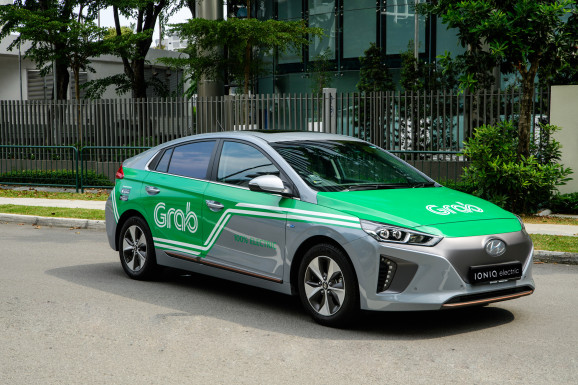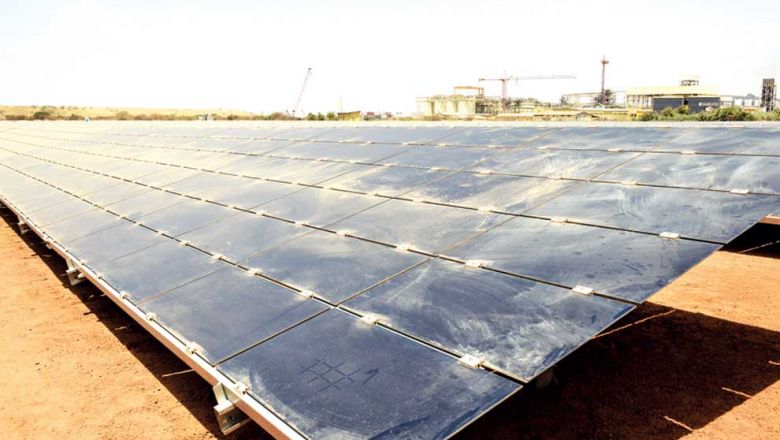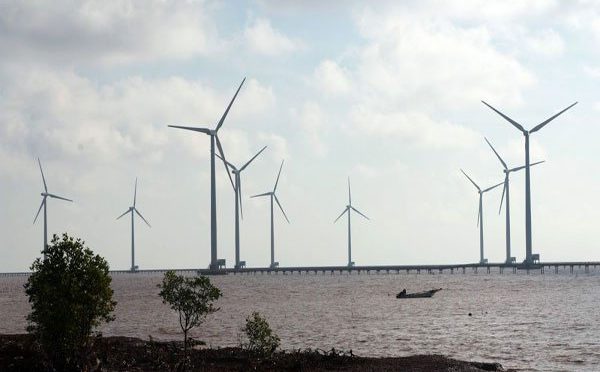At the event, German Consul General to Ho Chi Minh City Mr. Andreas Siegel highlighted the potential for renewable energy including wind energy of Vietnam.
According to participants, Vietnam boasts favourable conditions to develop renewable energy, including wind energy. Under a draft national renewable energy development plan of the Energy Institute of the Ministry of Industry and Trade, the country’s wind power output is expected to reach over 1,600MW by 2020 and 11,000MW by 2030.
The consul general affirmed the German enterprises would be willing to cooperate and support Vietnam in developing the industry.
Almost speakers at the seminar said that environmental pollution was caused by impact of severe climate change and exhaust emissions from greenhouse effect which has been threatening to lives of people around the globe. Therefore, the development of renewable energy, a source of clean energy is extremely important, contributing to sustainable economic and social development.
According to Mr. Berthold Breid, founder and director of Renewables Academy AG (Renac), after Fukushima Daiichi nuclear disaster occurred in Japan in 2011, the German government released policy about removing nuclear power including developing of renewable energy. Currently, Germany’s renewable energy accounts for 36 percent of all energy sources.
Vietnam has favorable conditions for the development of renewable energy, including wind energy. With the advantage of a long coastline, the S-line country could develop offshore wind power or big wind energy farms.
According to the draft plan about national renewable energy development of the Institute for Energy of Vietnam under the Ministry of Industry and Trade, the country’s wind power capacity will be expected to reach more than 1,600 MW by 2020 and this figure could be more than 11,000 MW in 2030.
Mr. Nguyen Anh Tuan, Director of the Renewable Energy Center under the Institute of Energy also shared challenges in wind power development in Vietnam as the policy has many obstacles, the regulations on technology are inadequate, land fund for wind farms is limited or transmission lines do not meet requirement, etc etc…
Ms. Vu Chi Mai, a specialist from the German International Cooperation Agency (GIZ) said that both Vietnam and Germany identified the renewable energy as one of strategical cooperation. Therefore, GIZ is ready to support Vietnam, help improvement for legal framework conditions and develop capacity and cooperation in technology so that Vietnam could strongly develop in the field of wind power in the coming time.









